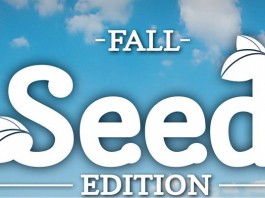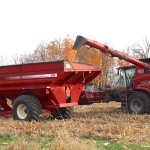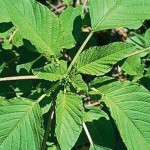Weather-tracking tool helps track insects
Corn earworms (also known as cotton bollworms) cost cotton producers an estimated $200 million a year in lost crops and control expenses, and they are notoriously hard to track because they migrate at night.
Good game plan a must for farmers in 2017
Should you take an off-farm job next year? Here are some tips that can help you be profitable in 2017.
All about seeds: Our fall seed edition
Combines may still be harvesting this year's crops, but smart farmers are already thinking about next year's planting.
Monsanto plans new insect program
Two years ago, Monsanto launched the Corn Rootworm Knowledge program, designed to reward the research and academic community for outstanding projects that addressed specific aspects of the pest and how best to manage it.
Used combines from across state lines can spread No. 1 weed
Know where your feed, seed and equipment come from.
Why is micronutrient availability so patchy in a field?
When we think of applying fertilizer the nutrients that come to mind initially are the major nutrients nitrogen (N), phosphorus (P), potassium (K), and sulfur (S).
Prospects for a rebound in corn prices
With corn producers reporting nearly 3.6 million acres of prevented planting in 2012 and with current 2014 crop prices favoring corn over soybean production in many areas, a decline in corn acreage in 2014 seems unlikely.
Do disease-resistant varieties pay price in yield?
For wheat growers, it's a truism: Plant varieties that are resistant to prevalent diseases.
But what if the wheat plant has to pay a price for resistance, possibly reducing its yield? Is the resistance worth it?
Boosting global corn yields depends on improving key nutrients
Ensuring that corn absorbs the right balance of nitrogen, phosphorus and potassium is crucial to increasing global yields, a Purdue and Kansas State University study finds.
Engineering soybean disease strategies
Pathogens in soybeans are a big problem not only in the U.S., but also around the world and no more so than in Asia, where soy is a major food source. Asian countries buy much of their soy from the U.S.
















